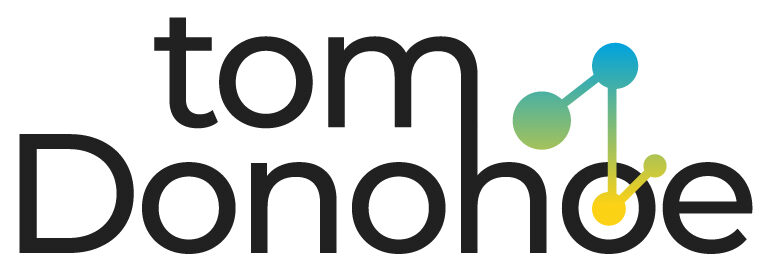How to identify gaps in your training portfolio

The educational landscape has changed.
The cohort of students is changing and now includes a variety of learners, such as adults, part-time workers, and working professionals. Those in the learning business must adapt in order to provide programs that are of value to students in today’s society.
Over the last few decades, employers’ needs have also changed. As digital technologies empower customers and disruptors become more common, employers need staff who are skilled in many specialized areas. They also require generalists with broad knowledge.
The education that people need has changed and will continue to change rapidly. Learn eight ways to identify training gaps and keep up.
Perform a course audit.
Understanding what works is the key to creating new educational programs that increase enrollments. You can learn a lot about your institution’s academic strengths by analyzing digital data to determine which courses work and why.
The increasing number of digital touchpoints with students makes it easier than ever to collect significant amounts of data. This can help you identify potential weaknesses in your educational offerings while maximizing the most effective elements. You can measure your performance accurately with data-based insights, allowing you to take the most beneficial actions for your organization.
This can include course completion rates, pass rates, or anecdotal information from students about their learning experience.
By analyzing and digesting these insights, educational organizations can increase retention rates and improve the value and quality of their course material. They can also identify trends that could be helpful for future campaigns or curricula.
Revisit personas
It is only natural that course enrollments would change as the student demographics continue to evolve.
You should update your personas with new data and insights in order to gain a deeper understanding of the students you are targeting.
56% of businesses report that they have improved the quality of their leads using buyer personas, while 24% claim to have increased the number of leads. Student personas should be revisited.
You should communicate with faculty members and examine your current records to determine if there have been any significant changes in the demographics of students.
Are your students getting older?
Do they want to learn more about blended Learning or other flexible options?
As a result, are enrollments focusing on a particular subject due to changes in the digital age?
This will be invaluable in helping you to create a new, improved student persona.
Assess the outputs
Soft skills such as analytical thinking and problem-solving are becoming increasingly important and attractive for today’s employers. It would be best if you determined whether your course offers the practical elements to help your students develop these skills.
Do you offer apprenticeships as part of core programs or placements for work experience in eCommerce environments? Are you able to provide workshops and assessments that are based on real-world scenarios?
With key stakeholders in your organization, break down each of your main courses. Assess each possible output and identify the areas in need of improvement with respect to the skills that are most relevant for today’s workforce. Develop strategies to meet the demands of modern students.
Job markets –
The job advertisements and listings of companies in a variety of sectors are a great way to understand the skills demanded by the current occupation market.
You can gain insight into employers’ requirements by studying job boards and online recruitment sites. This will allow you to tailor your educational offer better to match these needs, using direct, practical methods such as real-world assessments and digital work placements based on emerging skill sets.
Engage students
Engaging with students can provide valuable feedback and insightful insights that will help you fill in gaps within your institution’s portfolio of training.
Students are the best people to give feedback on different learning programs. You can use these methods to collect this valuable data and improve your educational offerings.
Use student-centric workshops and surveys to determine the aspects of your training program that are successful, as well as the areas that require attention. Ask students what they feel is missing from their learning experience and what solutions they think could be implemented.
Ask your audience to vote on what areas they think you should improve in terms of education.
Create a portal or place forms and boxes on your campus if you have one. This will allow students to anonymously provide feedback regularly without being under any pressure.
This will allow you to receive valuable insights from students on a regular, ongoing basis. These insights can be used to help improve your institution’s training initiatives.





